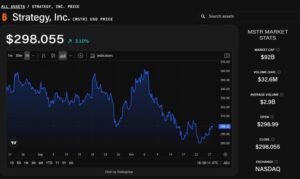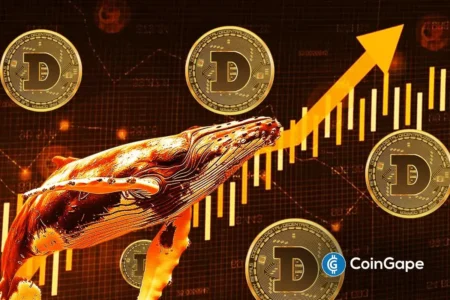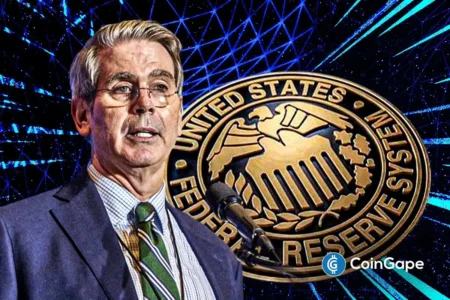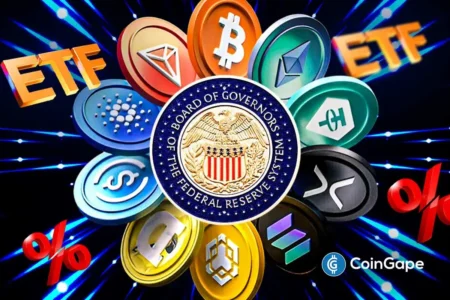S&P Global Ratings’ B- Rating of Strategy Inc: A Misinterpretation of Bitcoin’s Value
Introduction
The crypto landscape is evolving rapidly, with traditional financial institutions often struggling to adapt. Recently, crypto market analyst Adam Livingston criticized S&P Global Ratings for assigning a ‘B-’ issuer credit rating to Strategy Inc., a company heavily invested in Bitcoin. This rating ignites conversations about how traditional finance inaccurately assesses Bitcoin-based capital models and the implications for digital asset valuation in the broader financial market.
Critique of S&P’s Assessment
Livingston has labeled S&P’s evaluation as "hilarious," arguing that it represents a fundamental misunderstanding of Bitcoin’s role as an asset. According to him, classifying Strategy Inc. as a high-risk entity overlooks the strength of its balance sheet and the substantial Bitcoin it holds. Instead of recognizing Bitcoin as an asset, S&P categorizes it as a liability, undermining the company’s financial standing. Livingstone emphasizes that this viewpoint punishes companies for integrating Bitcoin into their capital structure, essentially penalizing growth in digital reserves.
The Heart of the Controversy
The controversy stems from an S&P report that highlighted how the majority of Strategy Inc.’s assets are tied up in Bitcoin, with expectations for significant future acquisitions. This forced S&P to view the company’s expanding Bitcoin reserves as a weakness rather than a strength. In contrast, figures like Michael Saylor—whose long-term vision for Strategy Inc. includes amassing $1 trillion in Bitcoin—see this digital asset as a cornerstone for future financial innovation and sustainability.
The Flaws of Legacy Rating Models
Livingston argues that S&P’s rating exposes fundamental issues with legacy financial models and their perception of risk. In his view, if Strategy Inc. held U.S. Treasuries—or any traditional asset—the rating would be evaluated favorably as "high-quality capital." However, Bitcoin, deemed "the hardest asset in human history," is misclassified as negative equity. This misalignment underscores how traditional finance fails to adapt to new financial paradigms ushered in by blockchain technology.
An Era of Financial Transformation
The analyst’s assertions showcase a crucial turning point, where digital assets are beginning to challenge the outdated structures of credit and capital evaluation. By adhering to fiat currency logic, S&P’s rating model struggles to consider the stability and transparency inherent in blockchain-based holdings. This miscalculation may cause significant repercussions, as it may deter companies from adopting cryptocurrencies within their capital structures.
Industry Reactions and Future Outlook
Other market analysts have also chimed in on the discussion. For instance, Matthew Sigel from VanEck highlighted the implications of Strategy’s new rating, placing it in high-yield territory and suggesting a concerning 15% probability of default over a five-year period. Meanwhile, Mason Foard pointed out that Strategy is now the largest publicly traded company with a B- rating, residing in a category typically occupied by riskier industries like airlines and automakers—despite carrying less debt and demonstrating greater liquidity.
Conclusion
The B- rating assigned by S&P Global Ratings serves as a case study revealing the deep-seated misunderstandings within traditional finance regarding assets like Bitcoin. Critics like Adam Livingston argue that such assessments fail to capture the evolving financial landscape influenced by digital currencies. As the conversation unfolds, it remains to be seen how these legacy systems will adapt in order to accurately represent the intrinsic value of innovative financial assets. Ultimately, the misclassifications may prompt a reevaluation of how traditional and digital assets can coexist within the financial ecosystem, paving the way for a more inclusive understanding of capital valuation.
















